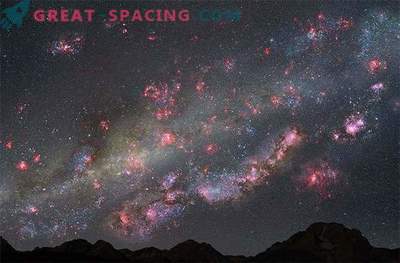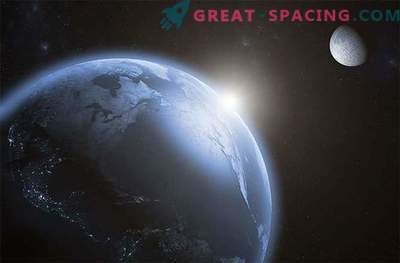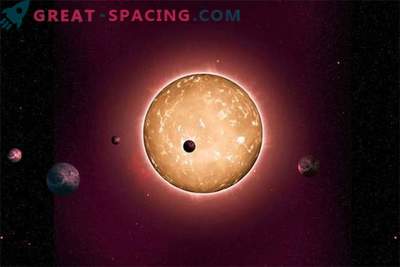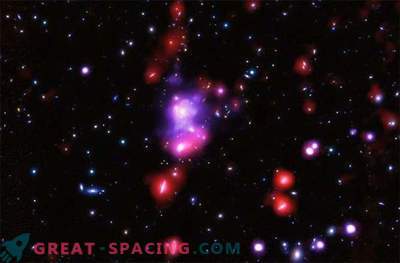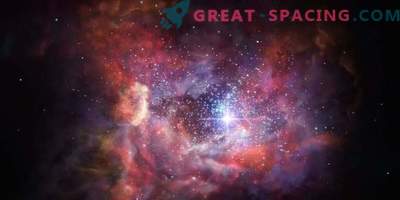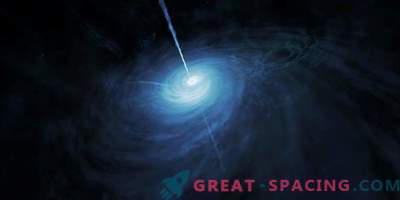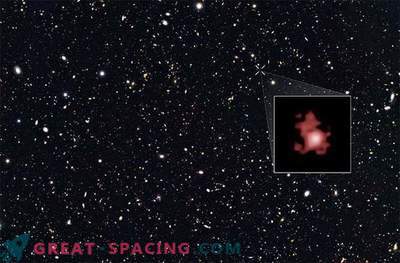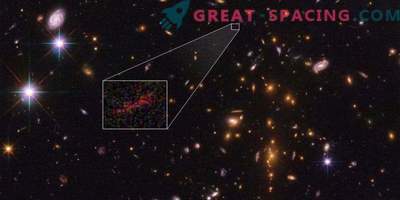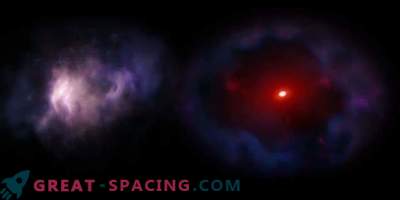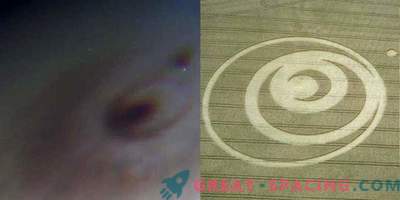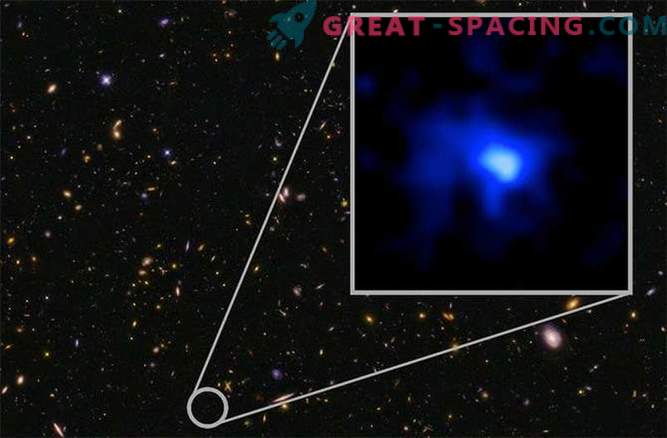
This fuzzy blue blob is the most distant galaxy found from Earth.
The EGS-zs8-1 galaxy lies at a distance of 13, 1 billion light years from Earth - the largest distance ever measured between the Earth and another galaxy.
Scientists believe that the age of the Universe is 13.8 billion years, so the EGS-zs8-1 galaxy is one of the earliest galaxies formed in space. Further research will help us gain insight into how these early galaxies helped form the heavy elements that are needed to build the diversity of life and landscapes that we see today on Earth.
EGS-zs8-1 is one of the earliest objects observed in this region, which is located at a distance of 13 billion light years from Earth. The authors of the new study say that other galaxies probably lie at equal distances or even farther from Earth, but they are too weak for scientists to measure the exact distance to them.
"We have many sources that we can observe from Hubble, located even further than EGS-zs8-1," said Pascal Ash, a researcher at Yale University and lead author of the new study. "But we cannot measure the exact distance to them." To measure the distance between the Earth and a distant space object, astronomers often measure the speed of removal of these objects from the Earth. The universe expands, space itself grows like a balloon or a loaf of bread in the oven. Thus, objects in the Universe move away from each other, like raisins in dough.
As these objects move away from the earth, the light they emit gradually changes. So by measuring the degree of displacement, known as “redshift,” astronomers can measure the distance. The greater the redshift, the more objects are deleted. The EGS-zs8-1 galaxy has the highest redshift ever measured.
The EGS-zs8-1 galaxy was originally identified with the Hubble Space Telescope and the Spitzer Infrared Space Telescope. The new research uses observations made with the MOSFIRE instrument mounted on the 10-meter Keck Observatory telescope in Hawaii.
The light from EGS-zs8-1 covered a distance of 13.1 billion light, so the light that shows EGS-zs8-1 is how it looked 13.1 billion years ago. At that time, the universe was only 670 million years old, or about 5 percent of its current age of 13, 8 billion years. The first stars began to form about 200-300 million light years after the Big Bang. By combining observations from Keck, Spitzer and Hubble, the researchers say they can estimate that the age of the stars in EGS-zs8-1 is between 100 and 300 million years old. But it is difficult to understand how EGS-zs8-1 is old compared to other galaxies lying at the same distance from the Earth. However, it is one of the oldest galaxies discovered by scientists.
"New observations also show that in EGS-zs8-1 stars were formed 80 times faster than in the Milky Way. In addition, this galaxy already has 15 percent of the mass of the Milky Way," said Ash in a statement from Yale University.
The unique colors observed in EGS-zs8-1 and other early galaxies using the Spitzer Space Telescope raise questions about what happened in these primitive conditions. According to the statement, these colors could have been caused by the rapid formation of massive young stars that interacted with the primary gas in these galaxies. Ash said that further study of galaxies will help identify the types and number of heavy elements that were formed there.
The study appeared online on Tuesday (May 5) in the journal Astrophysical Journal Letters.

